2021 Holiday Marketing: Your Ultimate Guide for the Shopping Season
Adcore’s marketing and advertising specialists joined forces to create this 2021 ultimate holiday guide, covering everything you need to know for the coming holiday season. We have read, compared, and analyzed all top media channels’ recommendations and added our own best practices into one practical guide. So, let’s get started!
Table of Contents
E-Commerce exploded this year. While store sales decreased by 7.4%, e-commerce sales expanded by 25.7%! Therefore, with the increase in demand and competition, preparing your online shop for the 2021 shopping season is more important than ever before.
During the holiday seasons, people are shopping with intent. Meaning, consumers are highly focused on their shopping goals. They are not just casually browsing – people are actively searching for specific gifts, ideas, and deals.
For example, in the UK, the average household spends around £500 on gifts during the traditional holiday season, equalling Americans who spend about $650.
In other words – this is the golden time for us marketers and advertisers; people are knocking on our doors and want our products. The least we can do is make all the necessary preparations beforehand. Thus, when the storm comes, we will confidently leverage the holiday season to gain more sales, new clients, new brand ambassadors, and, finally, boost our revenue as never before.
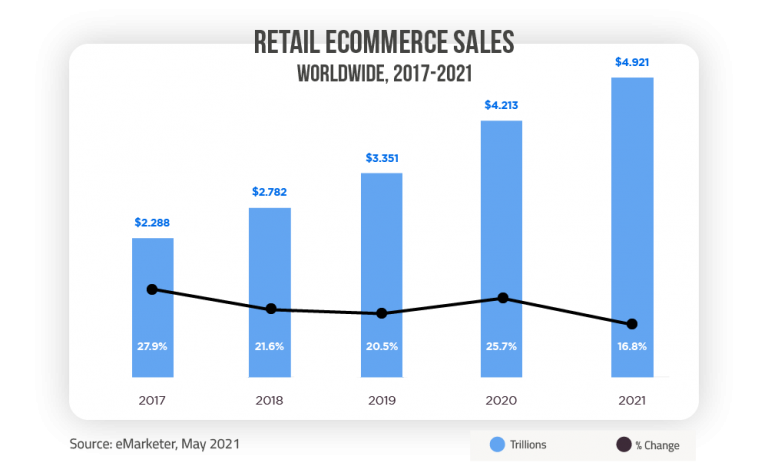
2021 most important e-commerce dates to note:
- Halloween (October 31)
- Singles Day (November 11)
- Black Friday (November 26)
- Hanukkah (week of November 28)
- Cyber Monday (November 29)
- Europe: Sinterklaas (December 5), St. Nicholas (December 6)
- Free shipping day (December 14)
- Christmas (December 25)
- Boxing Day (December 26)
- New Year (December 31)
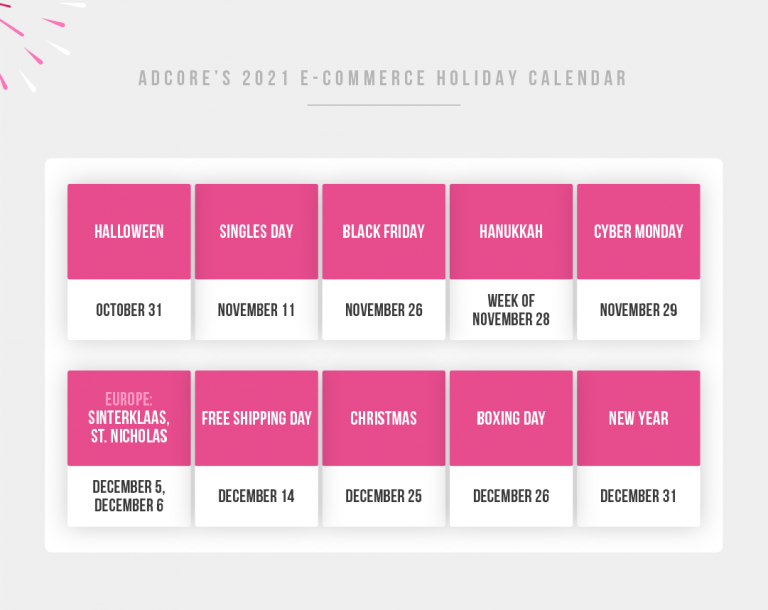
We have divided our recommendations into three levels:
- Campaign level recommendations
- Marketing level recommendations
- Business level recommendations
Campaign level recommendations
1. Start your campaigns early
According to Google’s recent study, 43% of shoppers start shopping for their gifts in November. In addition, 33% of all shoppers expect to be able to get deals before Black Friday. Therefore, running early bird and monthly sales events will help you gain cheaper exposure and a relatively high ROAS.
If you run a Black Friday event, start it a week earlier since there is a 113% increase in searches for Black Friday deals during this week.
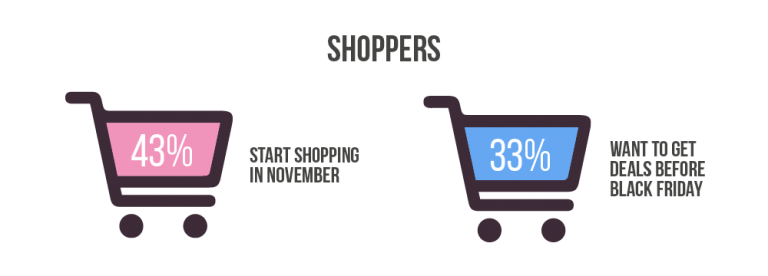
Source: Google, 2018
2. Get inspired from previous years
There’s no need to invent the wheel. Instead, try searching for inspiration from different brands. For example, you can go to Facebook’s Ad Library, Google Media Gallery, or Pinterest to explore other brands’ successful creatives and sales.
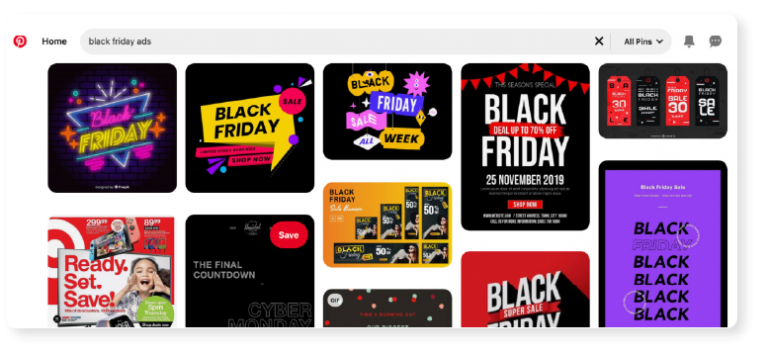
Source: Pinterest
3. Increase and monitor your budgets
The Holidays season is expensive due to the increase in advertising demand, so the costs are higher accordingly. Therefore, make sure you allocate enough budget, especially on the sale days such as Black Friday, Cyber Monday, and Singles Day.
According to Adcore Research, the average increase in budget in Q4 compared to Q3 was 63% in 2020, and the average cost per click (CPC) for e-commerce related campaigns increased by 37.5%.
Adjust your budgets to match growth in searches for holiday peaks. Also, adjust your remarketing budgets because your media will become more expensive, and your audience is more likely to grow at this time of the year.
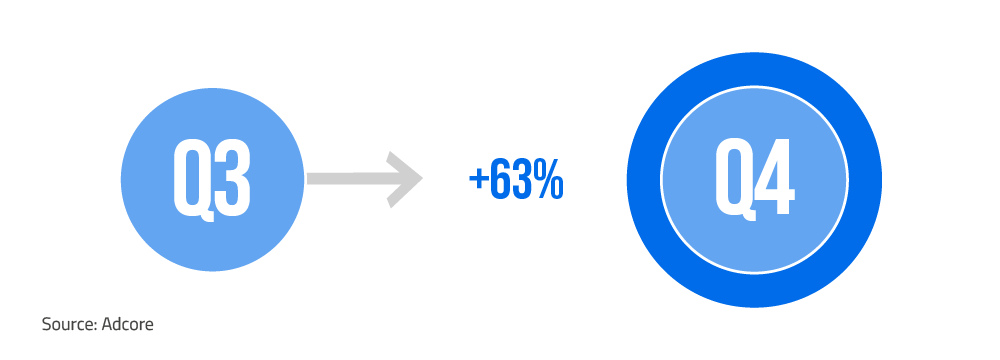
It is also the ideal time to expand to other channels. Your chances of generating more sales and a relatively low CPM will be better on Microsoft Ads. Besides Smart Shopping campaigns targeting over 140 million searches monthly, Microsoft Ads offers native ads on Outlook, Windows, Edge, Skype & More – reaching over 1 billion people globally.
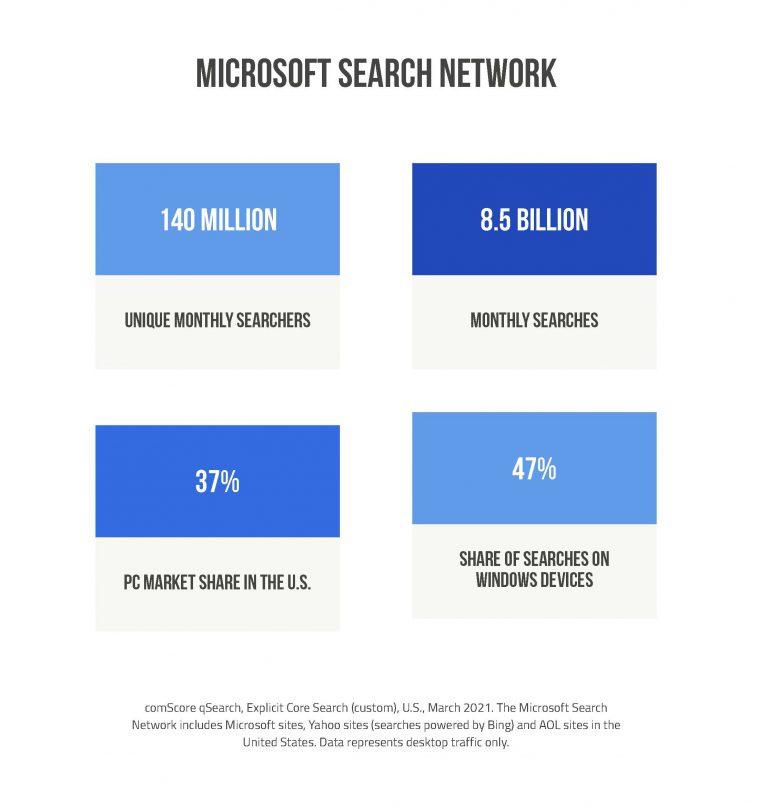
4. Handle disapproved products
Imagine you are perfectly prepared to launch your
campaigns, but suddenly your account is being suspended merely because the shipping rates were not updated. To avoid suspension or disapproval, you must prepare and check your product feed and Google Merchant account.
As step number one, reread the Shopping Ads Policy and make sure you know the relevant restrictions. Then, to avoid suspensions, closely monitor Google Merchant’s diagnostics tab during the holiday season, even once a day, and handle disapproval the moment you see them.
5. Adjust your feed to the Holiday season
Create a separate feed or category for holiday-related items and make sure to prioritize these items. Set a low ROAS goal for these items to make sure you increase your Absolute Top Impression Share (ATIS).
On Google Shopping Ads, add a Custom Label column to your feed for holiday-related items. Then, create a separate campaign for them and prioritize it higher than all the rest. On Facebook Catalog, generate a set of these items and a dedicated campaign to push them for remarketing and similar audiences.
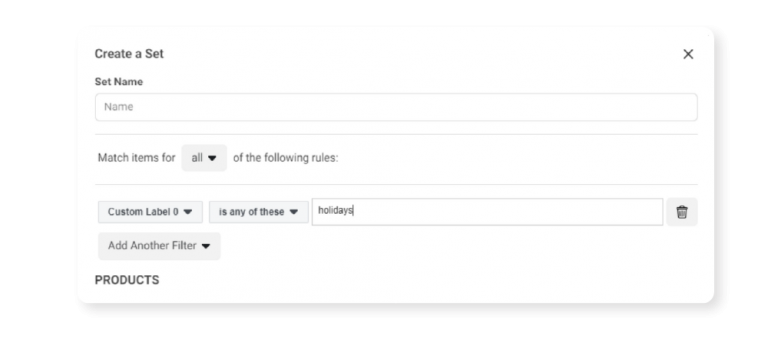
If you have a Shopify-based store, you can add these products under the same collection and use them as a custom label in your feed. 3rd party tools such as Feeditor can be very useful in generating and monitoring custom labels.
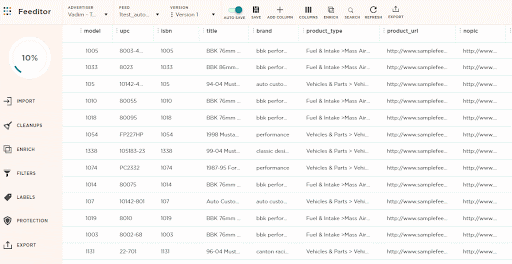
6. Update your audience’s profile
During the holidays, many people are looking for gifts for their loved ones. It can be a gift for their parents, children, friends, and others. Meaning, our target market might be different than our target audience – a young female can be searching for a gift for an older man, so we need to reach her with our ads – and not him. This is something we need to take into consideration with our holiday gifts campaigns.
Remember that your holiday shoppers are different from your day-to-day shoppers. Use Google, Facebook & Microsoft audience insight tools to review your audience’s demographics, interests, in-market segments and target these segments.
7. Test your creatives and ad copy
You don’t want to start A/B testing your holiday creatives on the money time day. Now is the right time to test your ads, find the right message, and generate the right creatives.
Engagement level typically picks up in early October, with several significant peaks for marketers to consider in the last quarter of the year.
Therefore, we recommend creating a 3X3 ad scheme (three messages and three creatives for each message) and let it run on both Google Display Network and Facebook ads for a couple of weeks.
Since you can’t promote your actual holiday sale, we recommend using the scheme to push new season arrivals and use the most successful combinations for the holidays as well.

8. Enhance your feed with custom labels
As briefly mentioned before, custom labels can come in handy, especially during the holiday season. For example, try using Google Merchant custom labels to add your profit margin groups.
They will help you set the right target ROAS goal for each product, so instead of using one tROAS goal for all products, you can spend less on low-margin products and increase purchases of high-margin products.
Setup is easy; once you add the profit margin groups to one of the custom labels, create a campaign for each group. Our recommendation is to split it into three: low, medium, and high margins. Then, for each, set its target ROAS and priority.
Need some more ideas for feed optimization? Here you can find 7 practical tips to optimize your product feed.

9. Adjust your smart bidding strategy
Smart bidding is based on machine learning algorithms that are trained to analyze data at a vast scale. This data is meant to help you make more accurate predictions about how different bid amounts might impact conversions or conversion value across your account. The data is based on previous website traffic and campaign performance.
Therefore, If you are expecting a sudden shift in conversion rate (more than 30% in a few days) during the promotional events, adjust your target CPA/target ROAS goals accordingly to ensure you capture the entire exposure.
Having said that, if you expect to see a gradual increase in conversion rate over a more extended period (for example, November and December), then no immediate changes are required to your smart bidding strategy.
Adcore’s marketing and advertising specialists joined forces to create this ultimate holiday guide, covering everything you need to know for the coming holiday season.
10. Add relevant interests and keywords to your campaigns
Search behaviors tend to change towards the holiday season. One great example of this is the word “ideas,” which is highly searched during the holidays and peaked on Halloween.
Add phrases including ‘Black Friday’ or ‘Christmas deals’ to your search campaigns. Here you can find more high-value keywords ideas. Add ‘Christmas gifts’ and ‘sales’ to your campaign’s interest lists.
Another great action would be to add relevant in-market audiences. In-market audiences allow you to find customers researching specific products and categories and actively considering buying something like you offer. Add in-market audience for gifts and occasion gifting to reach more shoppers.
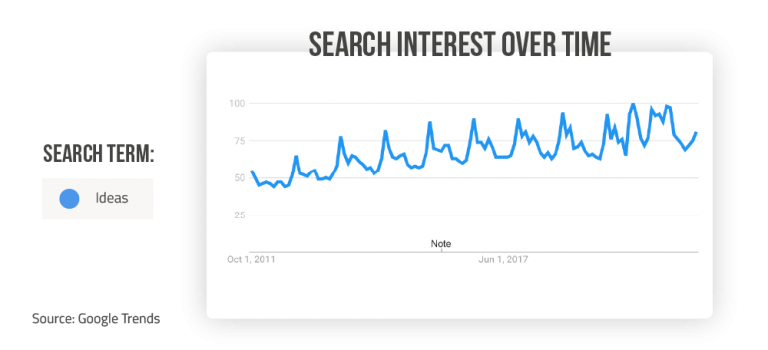
11. Selling globally? Localize your ads
If you sell globally, it’s not enough to copy-paste your existing campaigns and hope to have the same results in each country. Different markets behave differently for many reasons, such as competition, culture, regulation, digitalization, GDP, and much more. Meaning you have to localize your campaigns.
Localization can involve adapting messaging, using appropriate images, native ad copy translation, changing your pricing and discount offerings, and more. Invest a reasonable amount of time and find local service providers that can help you with this effort, ensuring you do not run snowy ads in Australia during December, where it’s 30 degrees outside.
Marketing level recommendations
12. Make your ads and website festive
A festive-looking website will get visitors into holiday shopping mode, helping you to sell more. Giving your ads and website a seasonal touch will make them more appealing for the festive period. These are some recommendations you can use:
– Background of snowy houses and cities.
– Pictures of smiling families and people.
– Holiday decorations and ornaments
13. Make sure people know your brand
Your target audience needs to be familiar with your brand before they even think of making a purchase. Create an awareness campaign using Google Discovery ads, Facebook Awareness, and Native Ads (such as Outbrain & Taboola) to tell your story.
We recommend building your audience and driving brand consideration before the time that most shoppers are ready to buy, especially as information is vital to their purchase decision. Make people engage with your content, so once you offer them your great product or promotion, they will be expecting you.
The buyer’s’ journey shapping strategy
One type of such marketing strategy is the buyers’ journey shaping strategy. This strategy is highly recommended for familiarizing your target audience with your brand, and it consists of three stages:
- Build your audience by using short videos. These teasers can provide valuable information (much more than regular image ads) and use cases, advantages and evoke positive feelings for the brand and products. Use the video viewers/clickers as audiences for your next campaign.
- Brand consideration – present your products and upcoming promotions, creating a feeling of excitement and readiness. Optimize to reach, or website clicks to generate the highest possible engagement.
- Brand activation – target your audience with special sales and discounts. Use Search, GDN, Facebook Ads and optimize them to sales and ROAS.
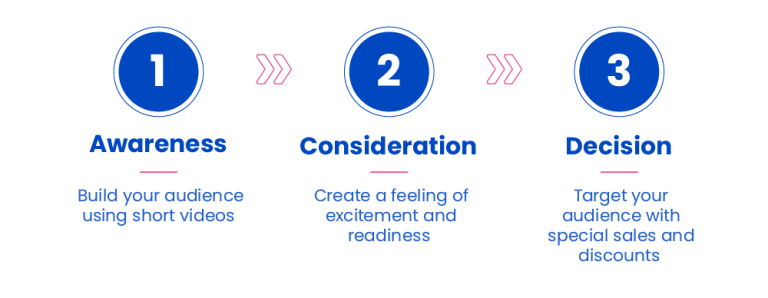
14. Plan a festive event
Whether it’s for a sale or a cyber party, a festive event gives your audience a good reason to engage with your brand just before they plan to visit your competitors. Everyone is looking to buy something and waits for the right time and place to make the purchase.
Providing your audience a reason to visit your website at a particular time, because you celebrate “Crazy November” in your store, gives them this reason. More than that, your emails, creatives, and designs will stand out in the crowd, advertising an event and not another holiday sale.
15. Create gift guides
As mentioned earlier, many people would visit your site looking for gifts for their loved ones and not necessarily to purchase something for their use. Looking for a gift can be very frustrating since it’s tough to know which gift would be best for someone and what they would like or need the most.
According to Google, the average online shopping journey has 140+ touchpoints. So telling people what’s hot and creating dedicated categories for gifts based on age, budget, or any other affinity can increase the conversion rates quite a lot.

Source: toponlinefinds
16. Get your tracking ready
When the hordes of shoppers come, you will have no time to handle tracking issues. Thus, it’s crucial to look over your performance closely, so make sure you implement and test your tracking as soon as possible. Tracking pixels, events, data layers – all should be up to date.
17. It’s time for a quick website review
In May 2021, Google announced that core web vitals would become ranking factors for SEO and PPC. Meaning, metrics such as Largest Contentful Paint (LCP), First Input Delay (FID), and Cumulative Layout Shift (CLS) will affect your organic ranking on search results and your Quality Score (QS) on Google Ads.
To diagnose and fix any user experience issues, use website analytics tools such as GTmetrics, Google PageSpeed, and Uptrends to improve your website’s ranking on Google.

Source: web.dev
Business level recommendations
18. Adjust your offering to fit shopper’s need
Especially during the holidays, people are impatient and know that if their experience with your brand isn’t answering their needs, they will quickly move on to your competitor. And it can be merely because your competitor’s shipping included complimentary wrapping or a gift card.
The change in customer needs and behavior requires our business to adjust its offering and service. One example is shipping: no one will buy gifts for Christmas if they are not 100% sure that the gift will arrive before Christmas Eve.
Including shipping deadlines at the home page and cart will help you to increase sales and customer satisfaction. In addition, if you ship your products via a 3rd party company, all companies publish their shipping deadlines online so you can easily access them.
Another example is gift cards and wrapping. If someone is buying a gift – they would be happy to receive it wrapped as a present, with no mark for the price they paid and the exact instructions regarding how to return it, if needed.

19. Sell people what they want to buy
The best way to understand consumer intent is to scroll TikTok for hours (seriously, you should try it). But many other resources provide insights about shopping trends and patterns. One of them is the National Retail Federation’s Holiday and Seasonal Trends website. It’s constantly updated and full of new, helpful consumer data. Try adjusting your website content and offers according to these latest trends.
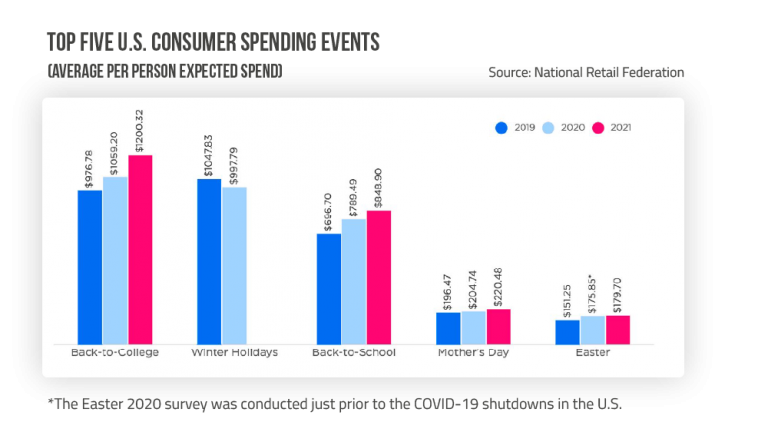
20. Go global
According to Outbrain’s recent survey, 52% – 92% of all online shoppers have purchased products outside their home market. Therefore, reaching global shoppers by implementing cross-border strategies can be a key for an outstanding sales season!
21. Arrange quick shipment and set expectations
Shipment price and delivery time are critical factors in your customer’s purchase decision. Therefore, make sure you emphasize your shipping time. The best way to do so is to pop a message mentioning whether the package will arrive before or after Christmas. Don’t let shipping issues surprise you or your clients.
[Bonus] How to bring your customers back after the holidays?
Spending money to acquire new clients makes sense. However, acquiring new customers costs a lot more than encouraging past customers to return. More than that, Increasing customer retention rates by just 5% can boost your profits by up to 95%
The real challenge after the holidays is converting these one-time buyers into long-term customers, and the secret is customer service.
During the holiday season, you will probably receive many service requests which you have to manage correctly. Good service is what will keep your customers coming back and make them ambassadors of your brand. In fact, 93% of customers are likely to buy again from companies where they’ve experienced positive customer service.
In addition to expanding your service working hours and staff, implementing intelligent solutions such as Gorgias can help you increase client satisfaction, and these Returning customers will become the base for your success in 2022.
Trending Articles
Get exclusive CMO tips that I only share with email subscribers.
Related Articles


